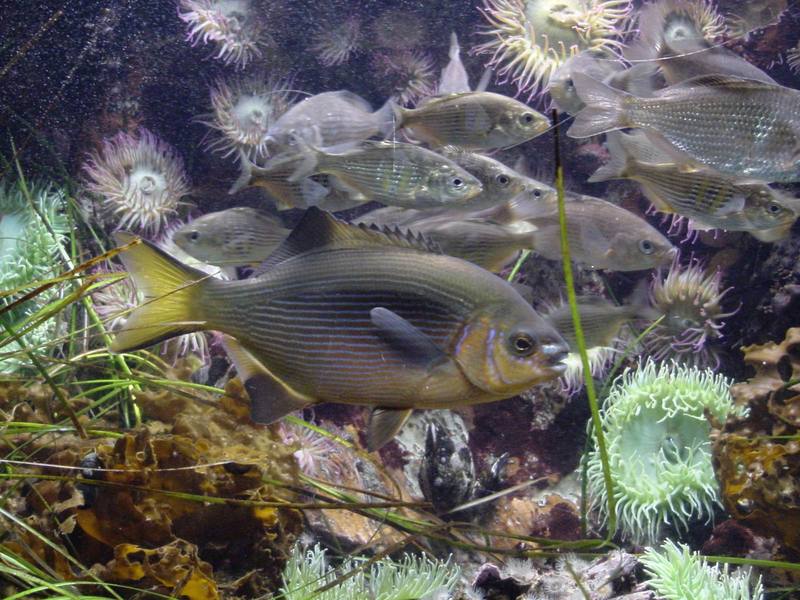|
| 질의: fishes | 결과: 1395번째/13223 | |
Fishes and sea anemones
| 제목: | Fishes and sea anemones
| | 올린이: | Jinsuk Kim (kusnij@naver.com)
| |

| 해상도: 1600x1200
파일크기: 341827 Bytes
촬영일: 2002:11:22 17:22:15
사진기: MAVICA (SONY)
F number: f/2.8
Exposure: 1/30 sec
Focal Length: 101/10 cm
등록시간: 2004:05:04 00:36:02 |
|
|

